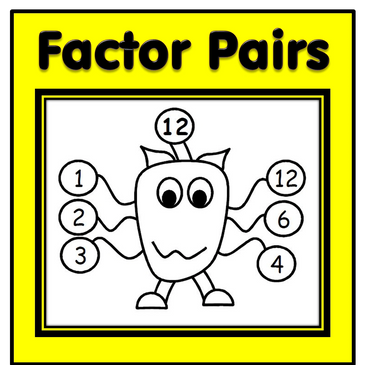number - primary level

Skip Counting
Adding 3 Numbers
Adding 3 Numbers
Steer the rocket through the stars to reach its planet while skip counting in 2s, 3s, and 5s along the way!

Adding 3 Numbers
Adding 3 Numbers
Adding 3 Numbers
Help Robot Ralph with adding numbers by using a number line to sum 3 single-digit numbers, which can total up to 20.

Factors
Adding 3 Numbers
Factors
Learn about factors by giving the factor monsters their factor pair arms!
shape - primary level

Left, Right, Up & Down
Left, Right, Up & Down
Left, Right, Up & Down
Enjoy learning about directions such as left, right, up, and down. Put a counter on the start square, follow the directions. Which shape will you find?

3D Shape Nets
Left, Right, Up & Down
Left, Right, Up & Down
Recognise and construct a cube, cuboid, and square-based pyramid using these 3D shape nets.

Coordinates
Left, Right, Up & Down
Coordinates
Utilize your knowledge of coordinates to plot points and join them together, creating common 2D shapes.
measure - primary level

Using A Ruler
Measurement: Reading Scales
Measurement: Reading Scales
Grab a ruler and have fun measuring! Try using your ruler to find out how long each line is. You can compare the lengths and see which ones are shorter or longer. It's a great way to enhance your measuring skills!

Measurement: Reading Scales
Measurement: Reading Scales
Measurement: Reading Scales
Practice reading scales with this interactive activity! The scales are marked every 50 grams, making it easy to follow along as you explore adding numbers. You can laminate the sheet and use wipeable marker pens, allowing kids to engage with the math worksheets repeatedly. This hands-on approach not only helps with measuring but also enco
Practice reading scales with this interactive activity! The scales are marked every 50 grams, making it easy to follow along as you explore adding numbers. You can laminate the sheet and use wipeable marker pens, allowing kids to engage with the math worksheets repeatedly. This hands-on approach not only helps with measuring but also encourages critical thinking, making it a fun way to build confidence while learning a 'real life' math concept!

Perimeter & Area
Measurement: Reading Scales
Perimeter & Area
Explore Shapes: Find the Perimeter and Area! Use your math skills to measure the outside edges (perimeter) and the space inside (area) of different shapes. Try squares, rectangles, and even composite shapes while adding numbers to your calculations.
time - primary level

Time Card Game
1 Hour Earlier / 1 Hour Later
1 Hour Earlier / 1 Hour Later
Learn to read digital time with this fun card game that also involves adding numbers. In your class or group, work your way around the room until you get back to the start, making it an engaging game that can serve as an introductory or review activity for a telling time lesson.

1 Hour Earlier / 1 Hour Later
1 Hour Earlier / 1 Hour Later
1 Hour Earlier / 1 Hour Later
Work out the times that would be one hour earlier or later than the given time with this worksheet activity designed to develop early telling time skills.

The 24 Hour Clock
1 Hour Earlier / 1 Hour Later
The 24 Hour Clock
This set includes two easy-to-use math worksheets designed to help gain confidence with using the 24-hour clock. One worksheet focuses on simple o’clock times, making it great for beginners, while the other mixes things up with a variety of times to keep learners on their toes.
data handling - primary level

Early Count & Graph Activity
Early Count & Graph Activity
Early Count & Graph Activity
This fun worksheet helps students sort different animals and fill in a colourful block graph, introducing them to data collection in a playful way. It's a perfect early activity that also encourages skills like adding numbers.

Data Collection
Early Count & Graph Activity
Early Count & Graph Activity
🍦 This activity invites children to survey friends or family about their favourite ice cream flavours. They can then use the results to practice adding numbers and explore data through questions. It's a fun way to enhance early maths skills using hands-on data collection.

Tally & Bar Chart Activity
Early Count & Graph Activity
Tally & Bar Chart Activity
👟 This worksheet activity allows students to collect data on shoe sizes using tally marks, then transform that information into a bar chart. They’ll answer simple questions based on the results, which is perfect for building early maths skills.
middle school / key stage 3 math

Data Collection
Mean, Median, Mode & Range
Data Collection
An introduction worksheet to help students learn how to use a protractor to measure angles!

Probability
Mean, Median, Mode & Range
Data Collection
What is the probability of choosing a caramel from a jar of mixed sweets? Or a strawberry flavour? Or lemon? Enjoy learning about probability with these activity worksheets, tree diagrams included.

Mean, Median, Mode & Range
Mean, Median, Mode & Range
Mean, Median, Mode & Range
This worksheet activity allows students to use numerical data to calculate and understand the different averages: mean, median, mode and range.